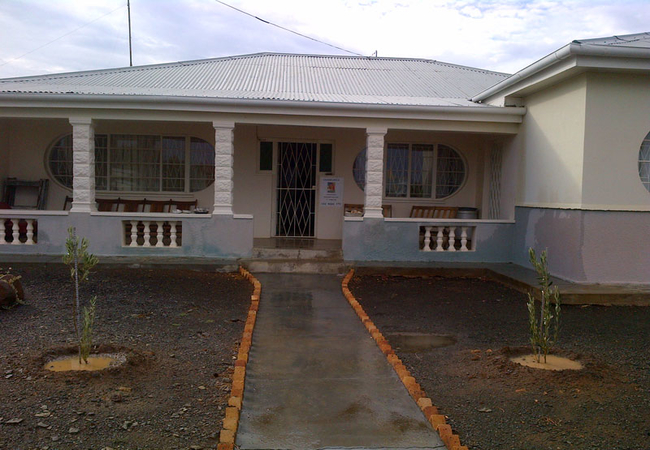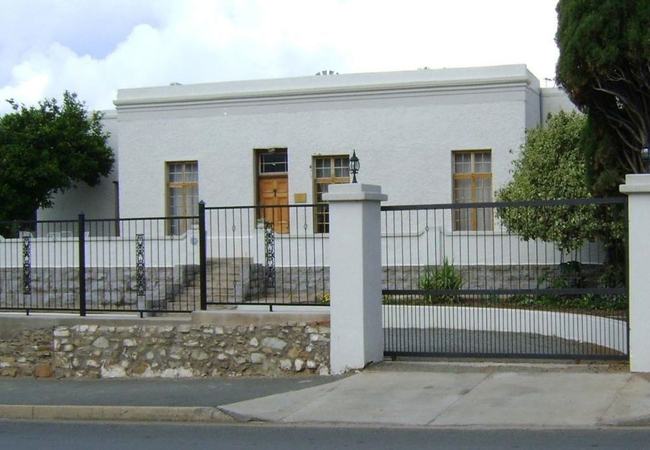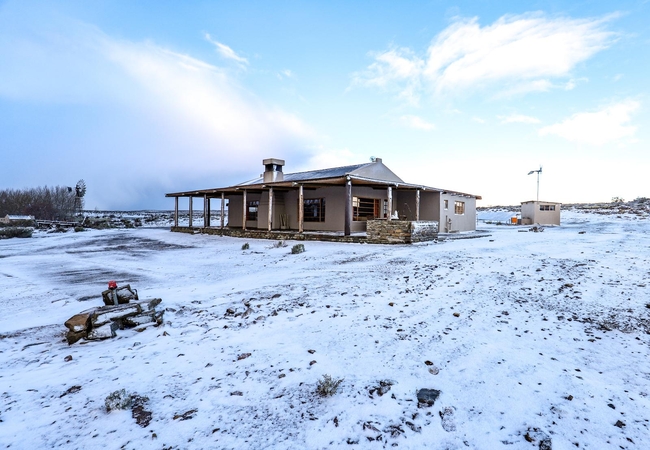About Nama Riel Dance
Riel or Rieldans has its roots in the Khoisan tradition where it originated as a celebratory dance. It's thought to be one of the oldest indigenous dancing styles in South Africa. The Nama people call it the Ikhapara, but the ‘riel' title is probably borrowed from the Scottish ‘reel', which describes a Scottish folk dance. Colonial influence is also evident in the form the dance has taken - there are obvious Scottish/Irish jig movements.
Did you know? Described as ‘dancing in the dust' and ‘more like a cactus tango or Jitterbug' the Nama Riel dance is in the grips of a revival that has brought it to the attention of visitors who can't resist the opportunity to see it in action.
It became the dance of sheep shearers and farm workers through the 1940s and 1950s. Add to that the beat of boeremusiek (Afrikaans folk music) with an emphasis on the tin guitar, or ramkie, and violin, to which it is most often performed, and you get a totally original dance, the most outstanding feature of which is its frantic footwork. This is not a slow dance; this is a ‘dans lat die stof so staan' - dance until the dust is in the air!
Nama Riel is essentially a group ‘courtship' dance (the girls stay on one side whilst the boys mock-battle in an attempt to outdo one another with flashy moves and big hats), usually performed in a circle, with a myriad gestures that way back would have told a story. These moves are thought to originate from local animal courtship, in particular the ostrich, but there is reference to antelope, baboon, snake, horse, rooster and even butterfly.
At one stage the Nama Riel was in danger of dying a death, when the ATKV (Afrikaanse Taal en Kultuur Vereniging - Afrikaans Language and Cultural Association) began encouraging competitions across the Northern and Western Cape in a bid to revive it.
Then the Williston Winter Festival began, introducing the Nama Riel as one of its highlights. Now it's the major attraction with dance groups arriving to perform from across the Cape.
Local schools in both the Northern and Western Cape offer Rield dancing to their pupils.
Need to Know
WhereWhere to see it: The Williston Winter Festival, Carnarvon, Calvinia, Leliefontein and beyond, Upper Karoo, Northern Cape, South Africa
WhenAnnually during the Williston Festival.
OvernightStay in Upper Karoo Accommodation, Northern Cape
Disclaimer
Please note, business details can change. While we endeavour to ensure all information provided by the service provider is correct at the time of publication, we do not assume any liability caused by errors or changes, such as price, cost, time, and location. Please check with the provider that the activity/business is still offered as described, before making any travel plans.
Feedback?
If this is your attraction, you can let us know if anything on this page is outdated or contains inaccuracies, by email. We regret, we do not have any other information, please contact the provider if you have questions.
Additional Reading
You might also be interested inAttractions near Williston
In the vicinity
Hotels & other accommodation options in Upper Karoo

Casablanca Overnight
Casablanca Overnight is located in the small Bushmanland town of Brandvlei in the Northen Cape. Offering self catering accommodation we have four...

Gariep N1 Chalets
Gariep N1 Chalets are situated approximately 15km to 20km north of the Gariep Dam. Sleeping a total of 17 guests, the Gariep N1 Chalets are spaci...

Boorgat Cottage 1881
Boorgat Cottage 1881 is a beautifully restored cottage attached to the main house. The Cottage sleeps two guests. The open plan bedroom is furnis...

Peperboom Cottage
Peperboom Cottage on Willemsrivier farm is perfectly suited for a family or students. Willemsrivier is more than just a farm, also a historical b...

De Oude Pastorie
De Oude Pastorie offers accommodation in Victoria West, in the oldest house in the town. The home was the first parsonage of the Dutch Reformed C...

Traveller's Joy
Traveller's Joy offers comfortable accommodation in Colesberg. From here you are within walking distance of a number of restaurants and cafes. Al...

Elandsberg Wilderness Camp
Elandsberg Wilderness Camp is located in the Tankwa Karoo National Park. The magnificent Tankwa Karoo National Park straddles the border of the N...

Karoo Gariep Tented Camp
The Karoo Gariep Nature Reserve Tented Camp is situated halfway between Johannesburg, Cape Town and Upington making it an ideal stopover. The ten...

The Waenhuis Homestead
The Waenhuis Homestead is a holiday home in Sutherland. There are two rooms furnished with King-size beds, one furnished with two single beds and...
Accommodation convenient to Nama Riel Dance
FIND / South Africa Accommodation / Northern Cape Accommodation / Upper Karoo Accommodation
